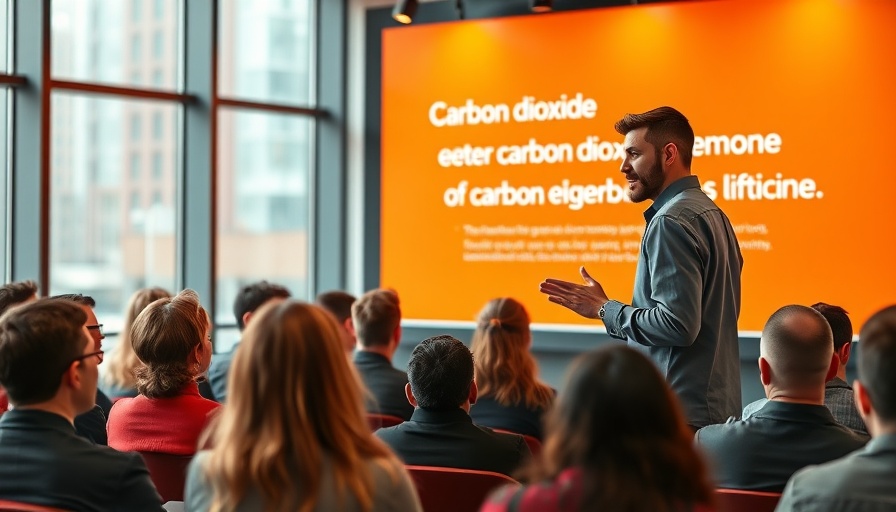
Asian Garment Industry Faces Uncertain Future Amid US Tariff Hikes
The recent announcement of increased tariff rates by the United States has sent shockwaves through Asia's garment industry, raising significant concerns for millions of workers. With high tariffs potentially leading to job losses and unstable economic conditions, the livelihoods of garment workers hang in the balance.
The Economic Impact of Tariffs
In 2024 alone, Cambodia managed to export nearly US$10 billion worth of goods to the US, which accounted for about 40% of the nation's total exports. This heavy reliance on the garment sector makes the looming changes more alarming, as factories grapple with the prospect of shut-downs or relocations. Ath Thorn, vice president of the Coalition of Cambodian Apparel Workers’ Democratic Union, emphasizes that such job losses will not only diminish the workers' income but also impact their families' ability to afford basic necessities.
Significant Job Losses: A Real Concern
Unions and industry stakeholders argue that the rise in tariffs may push companies to shift their operations to neighboring countries with lower tariffs, such as Vietnam. This could lead to an exodus of jobs from major manufacturing hubs like Cambodia and Bangladesh. Experts are predicting that factories may face dire choices as victimization of workers becomes a likely outcome, threatening hundreds of thousands of jobs. For instance, Yang Sophorn, president of the Cambodian Alliance of Trade Unions, points out that forced factory closures could devastate families reliant on garment employment.
Comparing Tariff Rates: The Regional Perspective
Countries like Bangladesh are projected to face tariffs of 35%, while Cambodia's rate is even higher at 36%. As negotiations for lower rates continue, concerns build regarding how companies may respond in the face of economic pressures. The situation directs attention to how interconnected trade policies and tariff regulations can directly influence job stability and economic health within developing nations.
Broader Industry Ramifications
The ripple effect of these tariffs could reach beyond immediate job losses. Should companies decide to relocate, there will be repercussions felt across various aspects of social and economic life, including education for children and health care for aging parents. An overwhelming percentage of garment imports to the US comes from Cambodia, indicating just how critical this sector is for the country’s economic fabric.
Future Predictions: What Lies Ahead?
Looking ahead, the turbulent landscape caused by these tariffs raises questions about the future of ethical production in the region. Companies may need to adjust their operational strategies to adapt to the changing trade environment. The increased scrutiny on labor rights amid potential factory relocations means it's more crucial than ever for brands to engage in practices that uphold ethical standards while navigating these challenges.
Supporting a Sustainable Future for Workers
As they face these harsh economic realities, the call for ethical consumerism grows louder. Consumers have the power to affect change in how clothing is produced and marketed. By choosing to support brands that prioritize sustainable fashion and fair trade practices, consumers can contribute to fostering an industry that values not just profit, but also the lives and welfare of workers.
In conclusion, with the stakes higher than ever, it's crucial for stakeholders in the global garment industry to advocate against harmful tariffs and promote practices that ensure fair and sustainable working conditions. Only then can we hope to protect and nurture the livelihoods impacted by these drastic economic policy changes.
 Add Row
Add Row  Add
Add 



Write A Comment